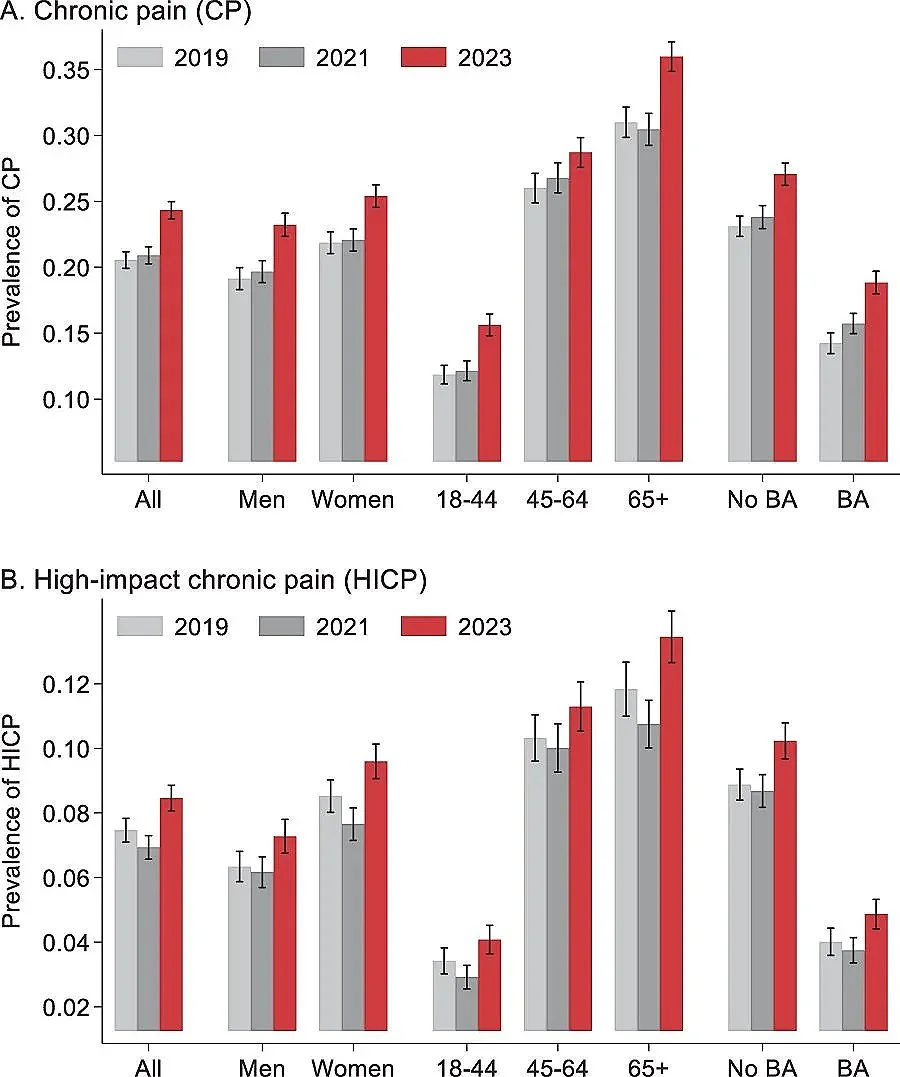‘Stop This Insanity’: Pain Patients Plead with DEA Not to Cut Opioid Supply Again
/By Pat Anson
Thousands of people have left public comments in the Federal Register, most of them sharply critical of the Drug Enforcement Administration’s plan to reduce the supply of opioids and other Schedule II controlled substances in 2026.
If enacted without any changes, the DEA’s proposal would be the 10th consecutive year the agency has reduced aggregate production quotas (APQs) for manufacturers of opioid pain medication.
The biggest cut next year would be in the supply of oxycodone – a reduction of 6.24% – a pain medication that is already in short supply, according to the American Society of Health-System Pharmacists.
“When cutting the production of this medication, you are harming millions of innocent victims, whose life has been taken from injury/illness and rely on pain medication daily to survive and have a quality of life,” wrote Charl Revelo. “We are not criminals. We are innocent pain patients.”
Revelo is one of over 5,000 people who left comments in the Federal Register – a hefty turnout, given that the DEA only allowed 15 days for public comments, about half the usual comment period for quota proposals. December 15 was the last day comments were accepted.
Over the past decade, DEA has reduced the supply of oxycodone and hydrocodone by over 70 percent – citing a decline in “medical usage” and fewer requests from drug manufacturers.
But “medical usage” does not reflect a decline in medical need. Chronic pain has actually risen in the U.S. and now affects about 60 million people, including 21 million with high-impact pain – pain strong enough to limit daily life and work activity, which is often treated with opioids.
Despite the increase in medical need, doctors are not writing as many prescriptions for opioids as they used to, in part because they fear investigations for “overprescribing” by the DEA and other law enforcement agencies.
“Declining prescribing does not reflect declining need. It reflects restricted access, pharmacy shortages, and policies that have pushed patients off medically necessary treatment. These quota reductions will increase harm, not reduce it,” wrote a poster who preferred to be anonymous.
“The current atmosphere of fear around prescribing of opioids is very likely to account for the apparent reduction in use. If doctors are afraid to prescribe these medications, that leads to a decrease in prescriptions,” wrote Jonathan Rogers. “This situation has led to chronic pain patients seeking other treatment, including kratom, methadone from clinics that are set up for addiction treatment and not pain management, and adulterated street opioids.”
“Please STOP reducing the amount of opioids. Pain patients are suffering & your actions - continuing to reduce opioid production year after year - is fueling the dangerous black market & putting Americans who are desperate for pain relief at great risk. It’s irresponsible & speaks to your motives,” wrote an anonymous poster.
“Do not reduce the production of opioids. They are a necessary medication to treat patients. The previous reductions, laws, lawsuits by anti-opioid persons, and incarcerations of medical providers is already causing so much suffering and death of pain patients,” said another anonymous poster.
“This insanity with cutting back and ultimately doing away with opioids is criminal,” wrote Brooke Moon. “Please allow doctors to practice medicine and prescribe what they deem is necessary for the treatment of pain. The suffering of millions of innocent pain patients doesn't need to continue. Please stop this insanity!”
Missed Deadlines
Several posters pointed out the DEA has repeatedly missed a December 1 deadline in the Controlled Substances Act for setting annual production quotas. That puts a strain on drug manufacturers and contributes to shortages.
“My mother recently died of cancer and was unable to get her pain medication and died in agony. That is on you,” wrote Peter Wilson, who suffers from chronic back pain.
“You need to get your annual quotas for medications before the deadlines expire. You need to do your job and make sure there are adequate quotas of legitimate pain medication for patients who desperately need it. Don't blame this on the pharmaceutical companies whose hands are tied by your inability to come up with reasonable quotas in the allotted time.”
Other posters support a proposal for the DEA to hire a Chief Pharmacy Officer (CPO) and put that person in charge of quota allotments. A CPO would be more familiar with the drug supply system and manufacturing deadlines.
“They should have a CPO because the DEA and DOJ can't seem to stay on track by themselves. They are allowed to miss the deadline, but in a normal person's world, you would be reprimanded for missing the deadline,” said an anonymous poster.
“The DEA definitely needs to hire a Chief Pharmacy Officer to take control of the quota disaster. DEA cites lack of staffing as one of the reasons it can not get the next year's quota in by December 1. Hiring a CPO would assure that the quotas are in by the deadline and that someone knowledgeable would make an informed, reasonable decision on the amounts,” wrote another anonymous poster.
Even with a shortened public comment period, the production quotas for 2026 will likely not be finalized until after January 1. The last time production quotas were that late was in 2024, when the quotas were not published until January 3. Drug shortages spiked to record levels in the first few months of that year, including opioid pain medications covered under the quota system.







